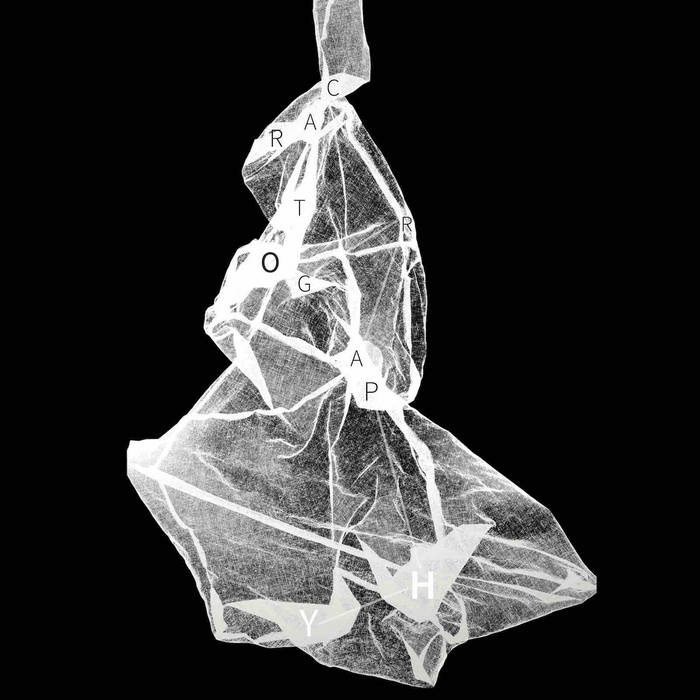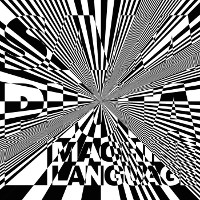SMOKE, AIRS
New York’s Wet Ink Ensemble is a collective of composers, performers and improvisers dedicated to adventurous music-making. Named ‘The Best Classical Music Ensemble of 2018’ by The New York Times, Wet Ink’s work is rooted in an ethos of innovation through collaboration, extending from the ‘band’ atmosphere of Wet Ink’s core ensemble of composer-performers to projects with a broad range of renowned creators. Smoke, Airs brings together four works for instruments and live electronics from composers connected to Wet Ink and the Centre for Research in New Music (CeReNeM), exhibiting eclectic and innovative approaches to texture, gesture and musical time.
The essence of Charmaine Lee’s Smoke, Airs is suggestion—the material is made up of whistles, whispers, sandpaper, textual sensations and vocal utterances. Coalescing as hazy strata and organised blocks, Lee takes the listener through various sonic spaces, as if moving through the rooms of an abandoned house. Dead Time continues Bryn Harrison’s interest in challenging the listener’s perception of musical time. Here, Harrison sets up a dialogue between acoustic and electronic loops, building an interplay between live and sampled elements that results in an unspooling of melodic fragments, leading to one of Harrison’s most daring approaches to musical form.
Kristina Wolfe’s A Mere Echo of Aristoxenus is a set of two pieces based on the ancient accounts of aural architecture of two lost sites, a large Greco-Roman amphitheatre, as described by Vitruvius, and the Echo Stoa in the Olympic Sanctuary in Marathon, Greece. These works, emerging from virtual, digital reconstructions of the historical sites, expand and resonate, creating a shimmering three-dimensional image of a space long past. (un)weave, by Pierre Alexandre Tremblay, brings the record to a close, revelling in the beautiful complexity of the noise of busy, unfolding, and unwoven experiences. Fusing acoustic and electronic sound into a dynamic, fleetingly intertwined relationship of construction and disintegration, (un)weave reveals the great beauty in the complex dislocation immediately following sharp changes in musical trajectory, at the very moment when time feels elastic.
















